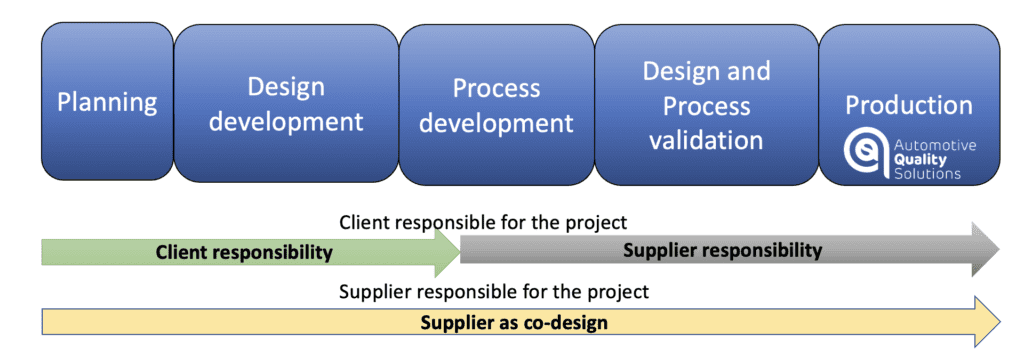
On the other hand, if our organization is not responsible for the project and the production plant is preparing to design the production process, then:
– The client should provide the DFMEA extract to design the Process FMEA.
– If this is not possible, the organization should rely on the classification of Special Characteristics. Most often, they are divided into Critical (C.S.) and significant characteristics (S.C).
What about the disadvantages of being a co-designer?
With co-design status, in the event of a problem occurring in the warranty field and after root cause analysis, it turns out that the problem is related to the design, the main financial costs will fall on the organization as co-responsible for the project.
The situation is different if the client is responsible for the project. In this scenario, the client will cover the main costs. Of course, the organization will be asked to conduct an appropriate analysis to confirm:
– Material composition
– Dimensions
– Possibly carrying out appropriate tests that were performed during design and process validation (DVP&R).
Some clients also use a strategy that obliges the organization to a certain percentage of cost responsibility even if it is not a co-designer.
Dariusz Kowalczyk


